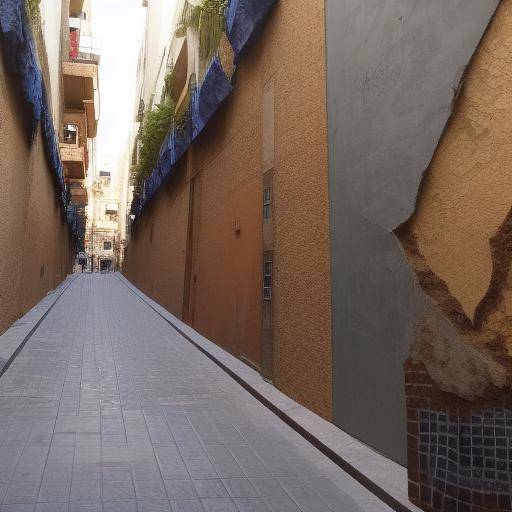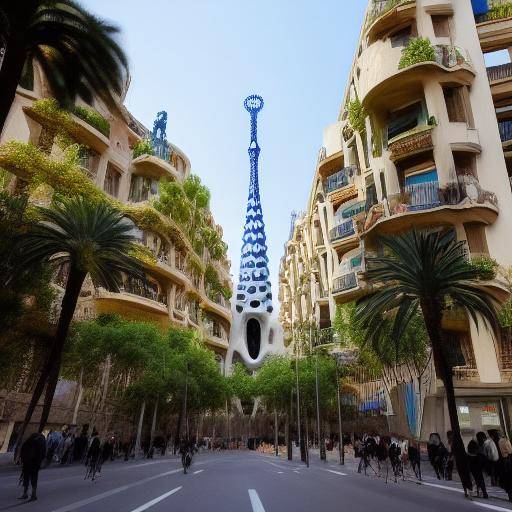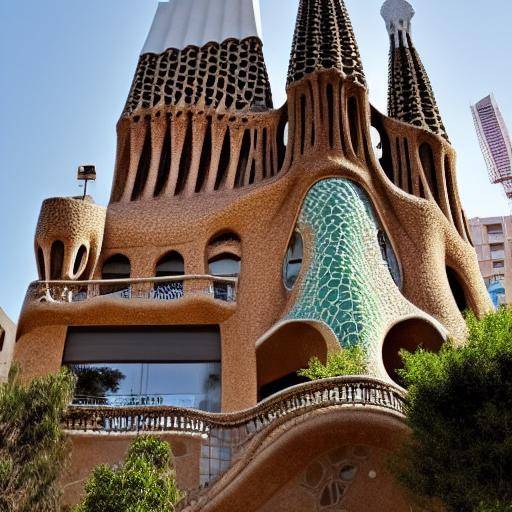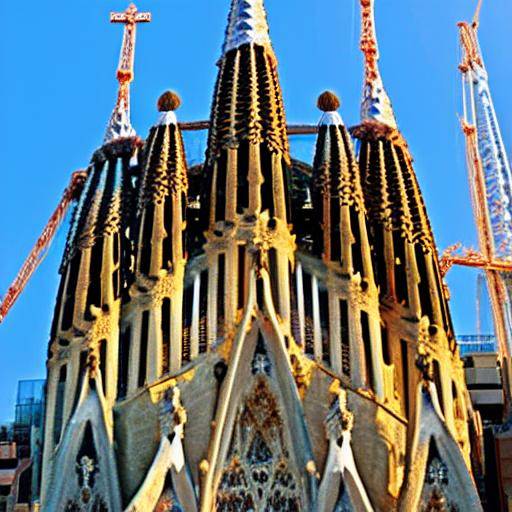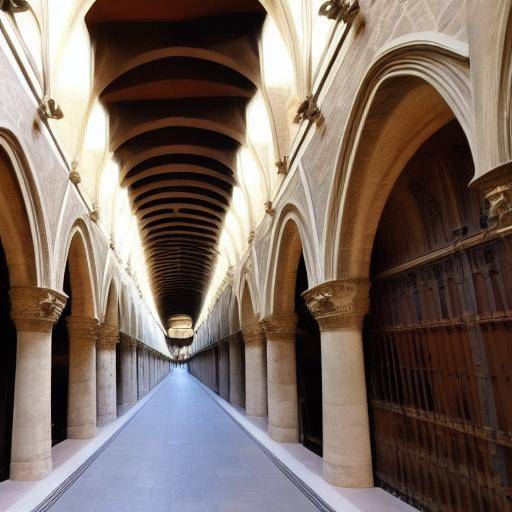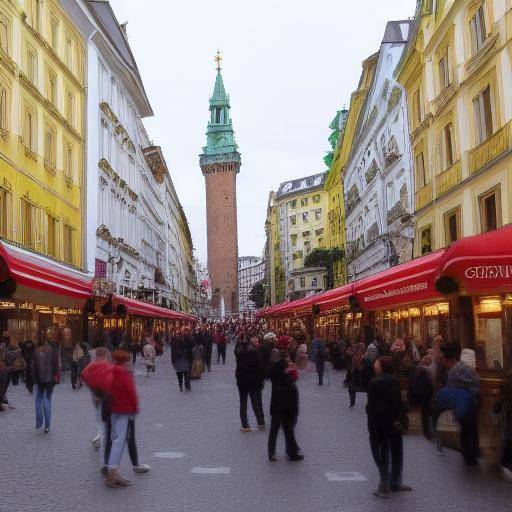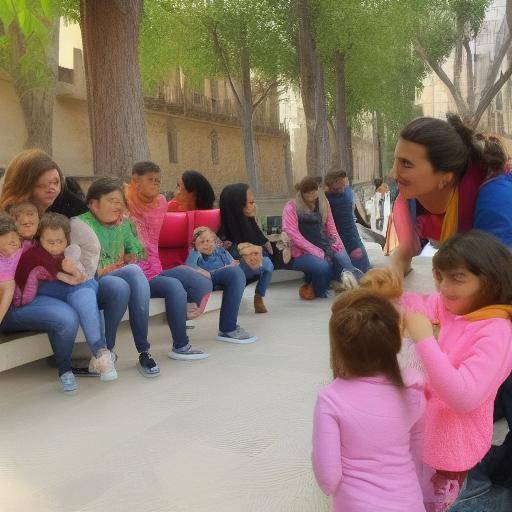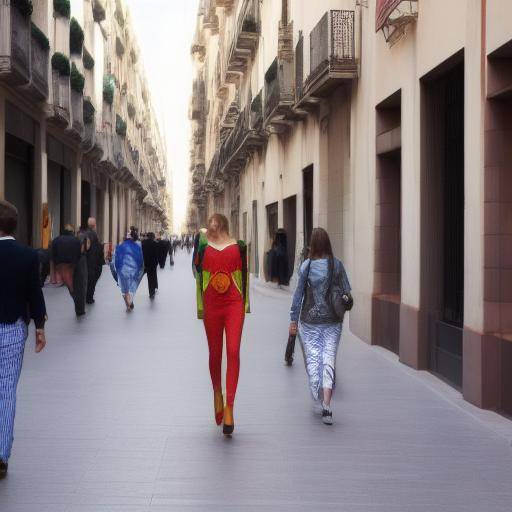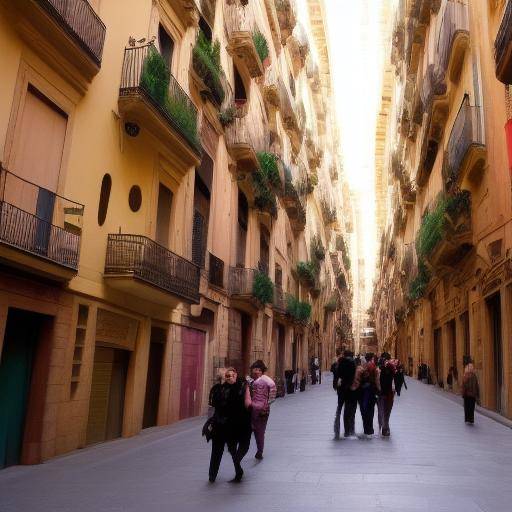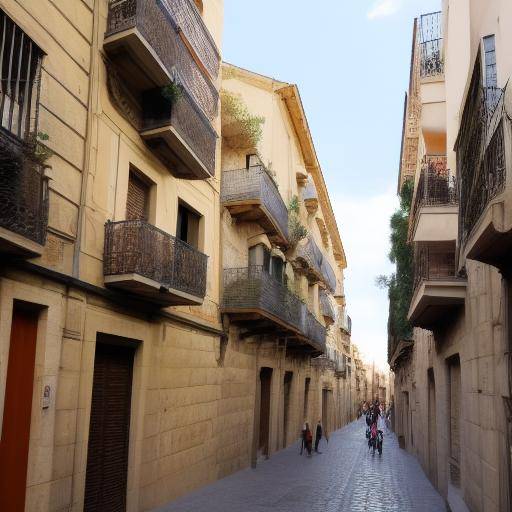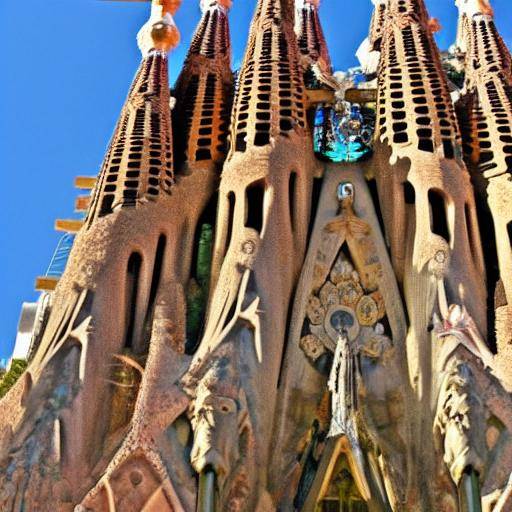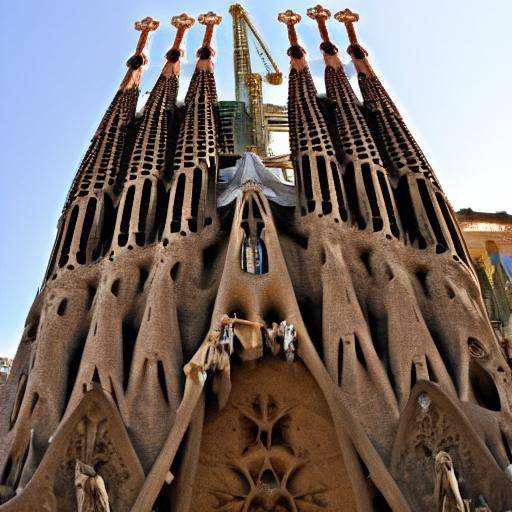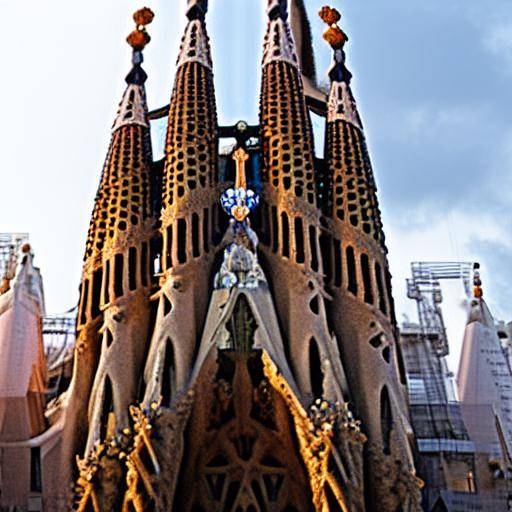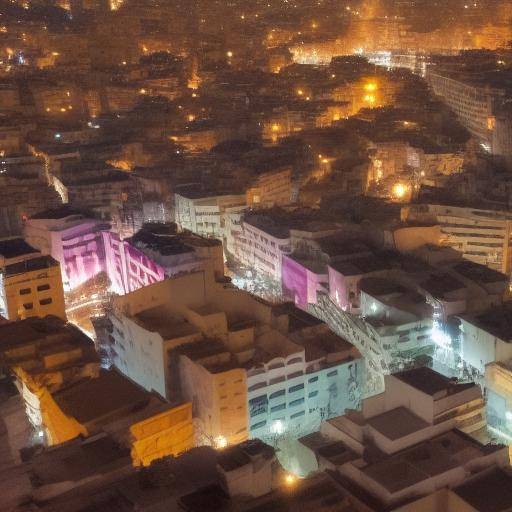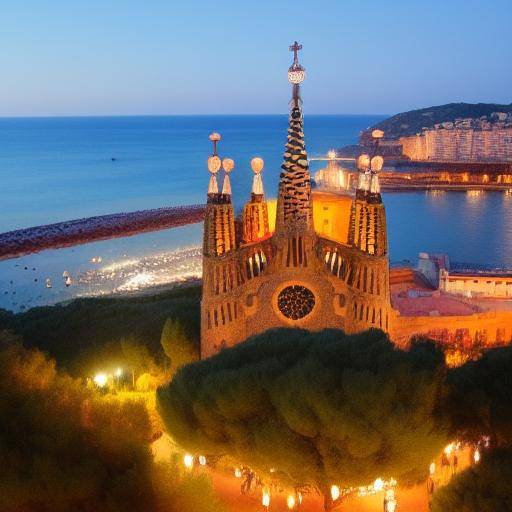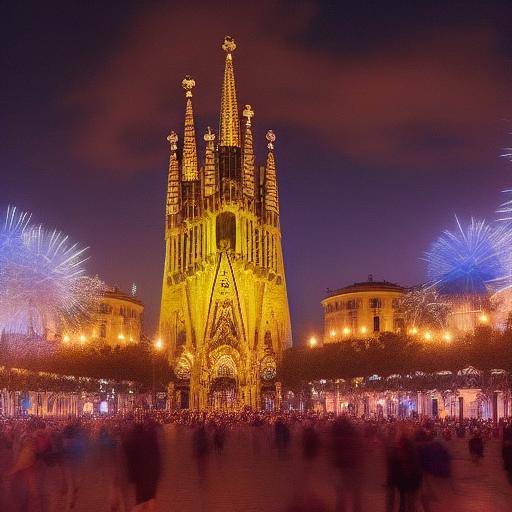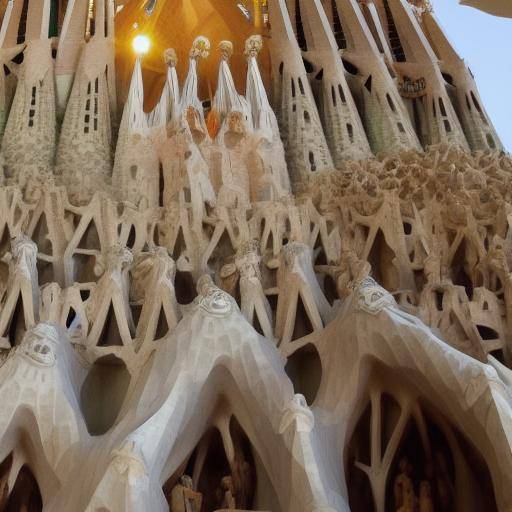
The Sagrada Familia, located in the emblematic city of Barcelona, is much more than just a temple. It is a masterpiece of modernist art that has captivated visitors from around the world. In this article, we will explore in detail the art of this architectural icon, from its sculptures to its stained glass windows, through its fascinating modernist design.
Introduction
Walking around the Sagrada Familia is immersed in a world of incomparable artistic beauty. Every detail, every sculpture, every stained glass, everything is meticulously designed to dazzle those who contemplate it. From the majestic facade to the interior in constant evolution, the Holy Family does not cease to amaze and marvel those who have the privilege to contemplate it.
History and Context
The construction of the Sagrada Familia began in 1882 under the direction of the architect Francisco de Paula del Villar. However, in 1883, the young architect Antoni Gaudí assumed the project, completely transforming the original vision and making it a masterpiece of Catalan modernism. With his creative genius, Gaudí revolutionized architecture and sculptural art, giving life to a unique temple in his style.
The sculptures that adorn the Sagrada Familia are a clear example of the high artistic level achieved during its construction. Each sculpture, carved in stone, tells a story, represents a biblical character or symbolizes an aspect of the Christian faith. The meticulous details and expressivity of the sculptures reveal the artistic skill of the sculptors who created them.
Detailed Analysis
The modernist design of the Holy Family is not limited to its extraordinary architecture, but also extends to its windows, which bathe the interior of the temple with a heavenly light. These stained glass windows, designed by different artists over the years, create an impressive visual effect, infusing the space with a sense of divinity and mysticism.
Comprehensive review
The combination of sculptures, stained glass windows and modernist design in the Sagrada Familia creates a unique experience that transcends the purely visual. The interaction of light with shapes and colors, highlighting every sculpture and every architectural detail, gives visitors a sense of astonishment and contemplation that lasts long after leaving the temple.
Comparative analysis
The Sagrada Familia, in its masterful integration of sculptures, stained glass and modernist design, represents an undisputed milestone in the history of art and architecture. Barcelona, as the host city of this wonder, dazzles the world with its cultural and artistic richness, embodied in emblematic monuments such as the Sagrada Familia.
Practical Tips and Accessible Recommendations
When visiting the Sagrada Familia, take the time to contemplate each sculpture, observe how the light that filters through the stains enhances the beauty and symbolism of each piece. Let the modernist design wrap you up, allowing the symphony of shapes, colors and lights to lead you to a state of wonder and reflection.
Relevant Data and Statistics
The Sagrada Familia is much more than an impressive architectural work. It is a testament to human capacity to achieve greatness through art. The combination of sculptures, stained glass windows and modernist design is an invitation to contemplation, reflection and appreciation of beauty in its most sublime form.
Conclusion
The Holy Family is a timeless tribute to art, faith and human imagination. His sculptures, windows and modernist design converge in a visual and spiritual spectacle that transcends the words. If you have the opportunity to visit Barcelona, do not stop contemplating this architectural and artistic wonder. The Holy Family awaits you, with its sculptures that tell millennial stories, its stained-glass windows and its modernist design that challenges the limits of the traditional.
Frequently asked questions
1. What are the most outstanding sculptures of the Holy Family?
The Holy Family houses countless sculptures, but some of the most outstanding include the representations of the Passion of Christ on the facade of the Passion, the figures of the apostles on the facade of the Birth and the sculptures of saints and martyrs along the central nave.
2. What do the windows of the Holy Family represent?
The vitrals of the Holy Family transmit different biblical passages, religious symbols and abstract representations of the Christian faith. Its design and layout are carefully planned to create specific luminous effects within the temple.
3. What is the influence of modernist design on the Sagrada Familia?
The modernist design permeates every aspect of the temple, from its structure to its decorations. Antoni Gaudí, the main architect, incorporated natural and organic elements into the design, challenging the architectural conventions of his time.
4. How has the Holy Family evolved over the years?
The Sagrada Familia has experienced multiple changes and additions since the beginning of its construction, reflecting the visions of different architects and sculptors over the decades. This evolution is evident in the diversity of styles and details present in the temple.
5. What impact has the Sagrada Familia had on modern art and architecture?
The Sagrada Familia has served as a source of inspiration for artists and architects from around the world. Its innovative design and rich iconography have influenced numerous contemporary architectural and artistic works.
6. What is the cultural and spiritual importance of the Sagrada Familia for Barcelona and the world?
The Sagrada Familia is a symbol of the cultural and spiritual wealth of Barcelona, attracting visitors from all over the world. As an integral part of the city's identity, the temple has significantly contributed to its cultural and tourist heritage.
In short, the Sagrada Familia, with its impressive set of sculptures, stained glass and modernist design, stands as a jewel of art and architecture not only in Barcelona, but of all humanity. Its meaning transcends the mere aesthetic, offering an experience that deeply impacts those who contemplate it. Visiting it is getting into a world of beauty, spirituality and innovation that will persist in collective memory for generations to come.

